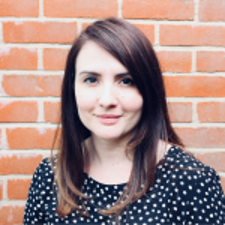City Talk: how Covid-19 has changed culture
As venues get ready to reopen, City Life talks to Marc De’ath, the council’s culture, museums and theatre manager about the future of culture in Chelmsford and the impact of live streaming on creativity.
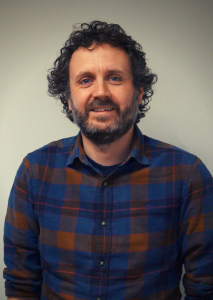
Q. How has the pandemic changed the way Chelmsford City Council’s cultural venues operate?
The pandemic has really made us think about how we use digital in the long term. Before it started, web streaming content wasn’t something that most venues, including ours, took that seriously. Now we think it has real potential as either added value content that we can include alongside physical performances, but also as a tool to reach a wider audience as well.
In June 2020 the theatres put on an original play called ‘The Power Behind the Microphone’ about the Marconi Company’s famous broadcast featuring Dame Nellie Melba in 1920. Like all our plays, it was originally intended to be performed just to the audience inside the Civic Theatre, but it was streamed live on YouTube and Facebook instead and it was able to reach an international audience. The technology wasn’t perfect – but we learnt a lot from doing it and it’s given us confidence to have a go at trying more things like it.
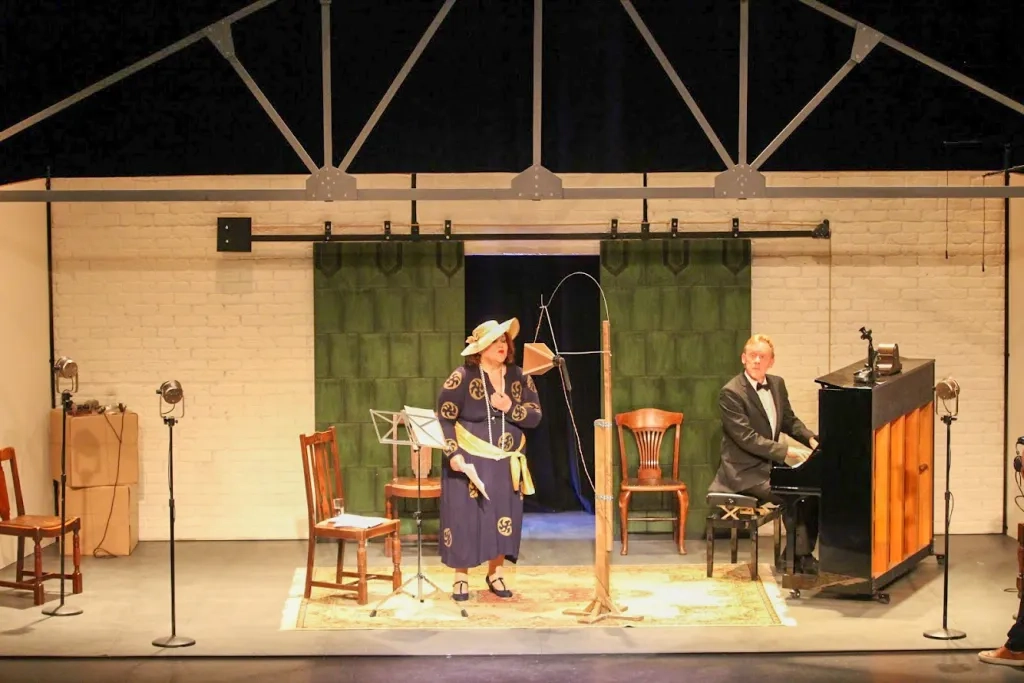
Q. How has this new relationship with audiences developed over the last year?
A year ago when the first lockdown began, digital events were much more of a novelty and there was probably more appetite for attending events of all kinds online. Now audiences are being a lot more selective about what they choose to go to, and so we’ve now got to work a lot harder when we do stuff digitally.
I think that’ll get easier as some of us aren’t on back-to-back video calls all day and hopefully this might alleviate some of the relative fatigue we’re seeing now. Organisations are starting to think about the impact on mental health of asking staff to attend video calls all day because it isn’t always efficient and can be exhausting. We might well see businesses allocating times where you can’t book an online meeting right across their company, for example.
We’ve had this big shift and we are still learning how to best use these tools. It’s a bit like when the internet was first launched it was chaotic to start with, but it matured and grew. I think it’s the same for online meetings and events – I think we are just beginning to mature. The other analogy I would use is from my training as a graphic designer. You learn how to use tools like Photoshop for the first time and you use all the filters all at once and it’s all a bit of a mess. Then as you learn, you start to be more selective and you come up with your own distinctive style and it’s the same for online events really.
Q. People have been used to having digital cultural content for free during the pandemic – is this sustainable?
The thing we have to keep an eye on is the age-old conversation about monetising content so that our venues can survive. How do you blend the income generation from a physical event that’s perceived as high value to a world online where people expect everything for nothing?
Despite the appetite for digital experiences, there is still an expectation that online content is either free or certainly undervalued. So we’ve got to think hard about what we put online and what people are willing to pay for. The exciting thing for me is the potential for augmenting content and the added value this gives – potentially seeing your physical experiences as a premium experience, and using online for either tasters or a way of drawing people in.
The balancing act as we come out of the pandemic is to stay commercially viable but to be mindful of the impact this period is having on people’s jobs and income so that we don’t leave some people behind.
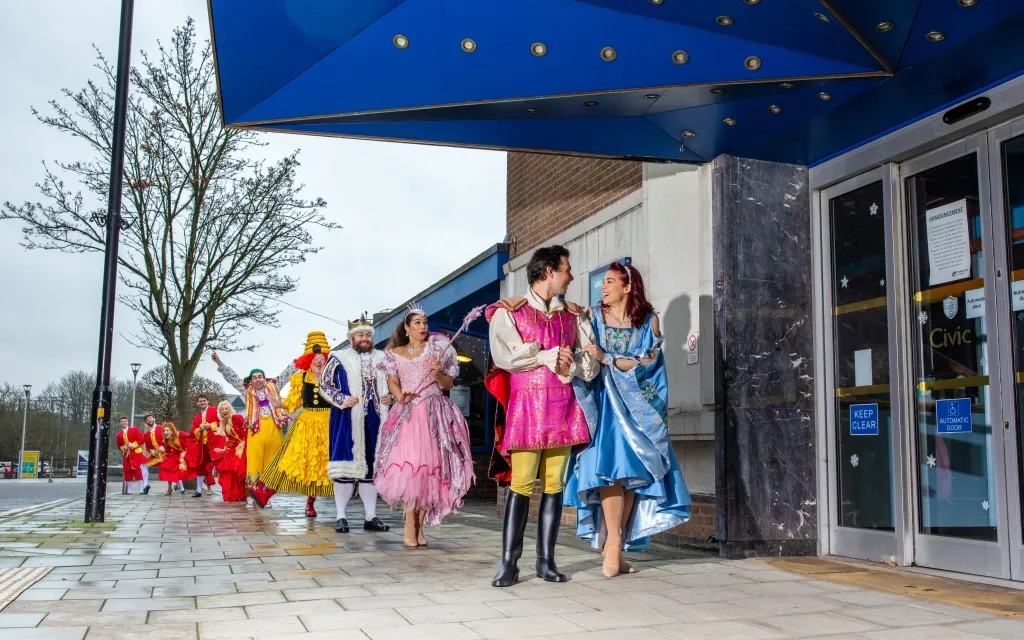
Q. What can we expect as we get further into the roadmap out of lockdown?
My feeling is there will be an initial post-lockdown honeymoon period where everyone is itching to get out of their houses and get outside, but then I think once that has worn off they’ll remember that they can get a lot of what they need online. So, in the long term, it’s about how we maintain people coming into our city centres.
There are some interesting conversations about what happens as we start to open up the high street again. I think business improvement districts are beginning to switch on to the role of communities in bringing people back into city centres for the businesses that are still there. It’s an emerging conversation – I don’t know what the outcome of it might be yet – but it feels as if our city centres are starting to realise how much we need our community groups and cultural organisations to come in and help us to fill some of the empty spaces and to draw people in again.
Q. Your team works with organisations all over Chelmsford. How has the last 12 months affected creative partnerships?
For all the challenges brought about by the pandemic, online meetings have enabled more people to get together to collaborate because it means all they have to do is turn their web camera on and turn up. Previously that could have involved some people having to take half a day out to come to a meeting, so it’s meant quick, collaborative get-togethers have been able to happen more easily. Obviously, it’s not the same as a physical meeting, but overall, we’ve found that the pros outweigh the cons, and often it means you can get some senior people or influencers in the room, whereas before they might not have been able to come.
It’s also been interesting to see the resilience and adaptability of community groups; taking events online can be incredibly daunting for small groups but the pandemic has made it OK to have a go without losing too much face if it goes wrong. There’s certainly been an upskilling of the community in putting on their events online, whether that’s been as a livestream or pre-recorded content.
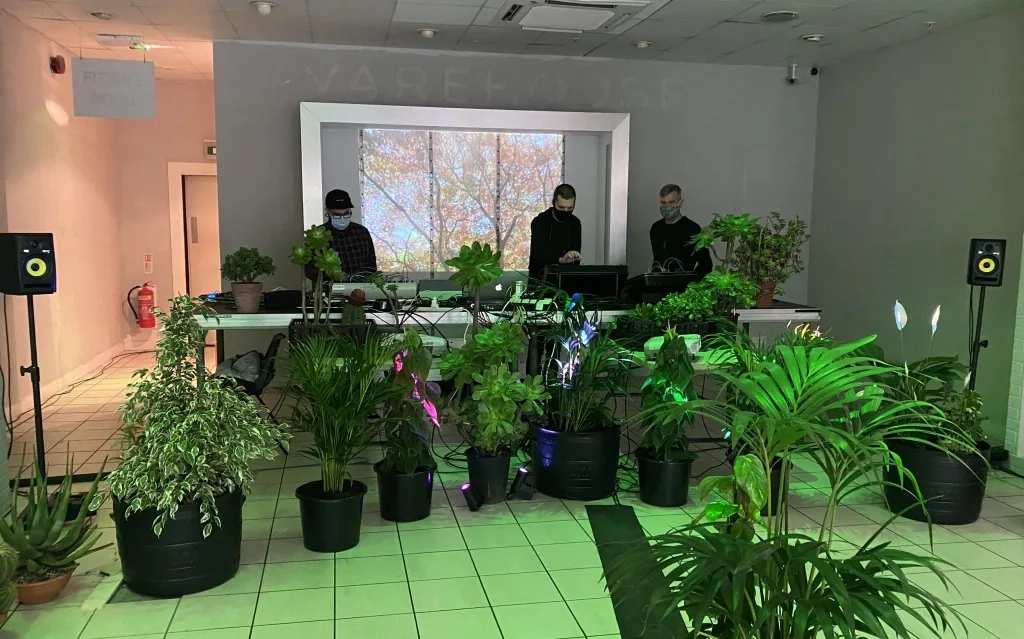
Q. What’s in store for Chelmsford over the next few years?
It feels as if Chelmsford is on the cusp of an exciting moment of change. Generally, I think the city is on the up from a cultural point of view and I don’t think this has been stopped by the pandemic – so we are going to see a lot of positive energy over the next few years.
It also feels as if the city’s narrative is shifting and it will be interesting to see what emerges when people return to workplaces. There may be fewer people coming into Chelmsford to work in our offices, but equally there’ll be more people working from home who might need a break from their home workspace and who also might have more disposable income because they’re not spending money on things like train fares into London.
One of the challenges we had before the pandemic was recognising that people who were commuting in and out of London were just tired at the end of the day. Drawing them out in the evening to cultural events was hard, but if you’ve been working at home and you haven’t done that commute, you probably have a bit more energy to come into Chelmsford and that’s quite exciting for us to think about.
Q. What are you looking forward to in 2021?
I can’t wait for our museum and theatres to open again as we get further into the roadmap out of lockdown and I’m also really excited about the British Science Festival coming to Chelmsford later in the year. The festival was due in 2020 and they pushed their visit back to 2021. The festival is taking a new approach which could really benefit Chelmsford – they’re thinking about the spaces in the city that they can animate and use for outdoor events and installations. They might spot potential spaces that we’ve always overlooked and so perhaps we’ll start to see some of our public spaces in a new light.
Another exciting area is our waterways which are really coming to the fore as part of Chelmsford’s identity. I’m looking forward to seeing how we can help people celebrate them using arts and culture as a vehicle for exploring what’s on our doorsteps.

Hear the latest from Chelmsford City Council’s cultural venues by joining our mailing list. The British Science Festival is due to take place in the city between 7 and 11 September 2021.
